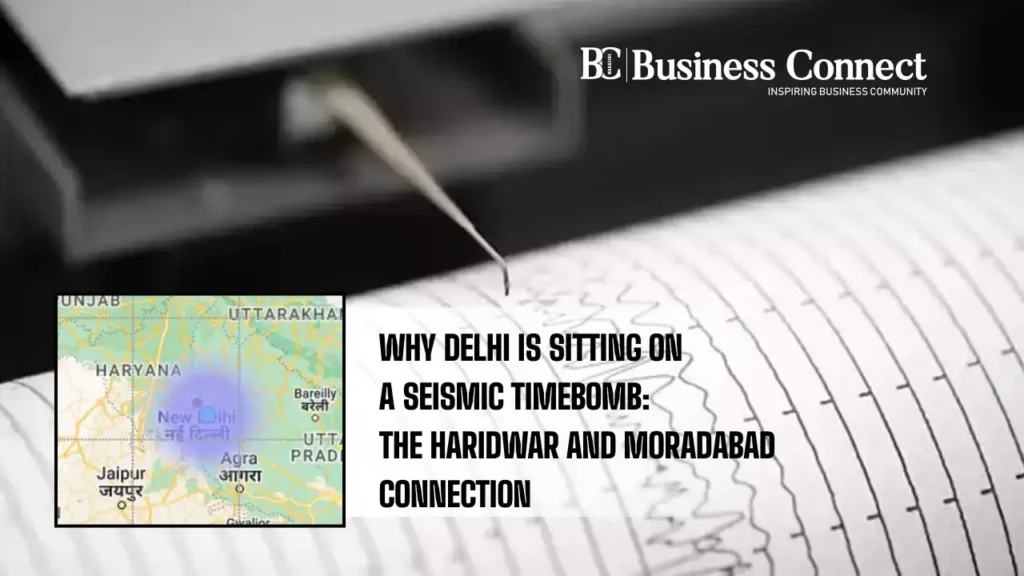Why Delhi Is Sitting on a Seismic Timebomb: The Haridwar and Moradabad Connection
Despite the earthquake’s 4.0 magnitude, vibrations shook areas of Delhi-NCR early Monday since the epicenter was located in the national capital. Along with the epicenter, the national capital’s earthquakes are linked to the Delhi-Haridwar ridge and the Delhi-Moradabad faults that travel through the region, both of which have the potential to cause earthquakes with devastating consequences.
According to a Ministry of Earth and Sciences research, Delhi has only seen two seismic events, both of which had their epicentres in the national capital itself, in the past 295 years. Though the city has always felt tremors and has even suffered damage in the past when earthquakes of significant magnitude hit neighboring sections of the Himalayan region, it has usually avoided large-scale catastrophe. However, its placement on many fault lines makes it vulnerable to deadly earthquakes.
Since 1720 AD, five earthquakes of Richer Magnitude 5.5 to 6.7 have been recorded in or around the UT of Delhi. Two significant lineaments, the Delhi-Haridwar ridge and the Delhi-Moradabad faults, traverse across the region and have the capacity to generate earthquakes of magnitude up to Medvedev-Sponheuer-Karnik (MSK) scale VIII. These earthquakes may be estimated to occur at a depth of 30 km.
Why is Delhi sitting on a time bomb?
Delhi lies around 250 kilometers from the seismically active Himalayan collision zone and is routinely shaken by far- and near-field earthquakes.
The national capital is classified as Seismic Zone IV on India’s seismic zoning map, the second highest level in the country.
The Delhi Disaster Management Authority classifies Delhi as Seismic Zone IV on India’s seismic zoning chart. This intraplate area is under moderate to high danger owing to Himalayan earthquakes.
A country’s zoning is a constant process that changes as new statistics on earthquake occurrences become available.
“The zone with intensity less than V is known as Zone 0. Thus, the classification of seismic Zone V denotes activity. Delhi is located in zone IV, which has a rather strong seismicity, with earthquakes ranging in magnitude from 5 to 6, a few 6-7, and occasionally 7-8 magnitude. According to the DDMA website, Delhi is one of the high-risk regions.



